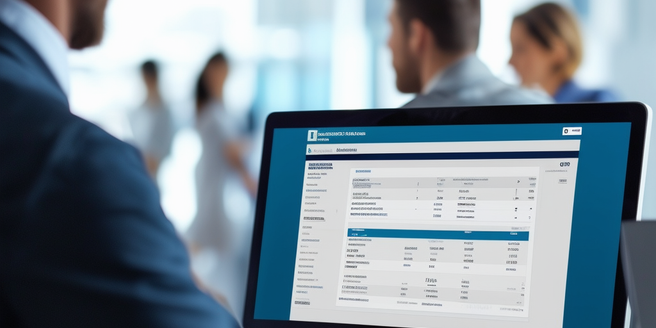
Understanding Common Credit Card Fraud Schemes
Fraudsters employ various schemes to exploit credit card systems. Common techniques include phishing, where attackers trick individuals into providing credit card information through deceptive emails or websites. Skimming involves copying credit card information through a device attached to a legitimate card reader, often found in ATMs or gas stations. Another method is card-not-present fraud, which occurs during online purchases without physical card interactions. Being aware of these common techniques can make you more vigilant in your everyday transactions. Knowing how these schemes operate can help consumers adopt better security practices. Understanding these tactics is crucial in recognizing and preventing potential fraud and protecting your financial assets.
How to Secure Your Credit Card Information
To safeguard your credit card information, adopt proactive measures such as using strong, unique passwords for online accounts and enabling two-factor authentication. Avoid sharing your credit card details via email or phone calls, and regularly update your computer’s security software. Additionally, monitor your credit card statements frequently to catch any suspicious activity early. It’s also wise to limit the number of places you store your card information online and to use virtual card numbers for extra protection. By taking these precautions, you can significantly reduce the risk of unauthorized access to your credit card details.
Recognize the Signs of Credit Card Fraud
Early detection of credit card fraud can save you from significant financial loss. Common signs include unfamiliar transactions on your statement, calls from your bank about suspicious activity, and unexpected declines during legitimate purchases. Also, receiving bills or accounts in your name that you did not open can be a red flag. Make sure to monitor your account activity frequently for any irregularities. Remember to use secure and strong passwords for your online accounts. Regularly review your credit card statements and report any discrepancies immediately. Awareness and vigilance are key in identifying fraudulent activities at the earliest stage.
Effective Ways to Monitor Your Transactions
Consistently monitoring your credit card transactions helps in promptly identifying any unauthorized activities. Set up account alerts for all transactions above a certain threshold to receive real-time notifications. Utilize mobile banking apps to frequently check your account status, and review monthly statements to ensure all transactions are legitimate. Also, regularly updating your passwords can improve your account security. Additionally, consider setting up two-factor authentication for an added layer of security. Keeping a close eye on your spending patterns can make it easier to spot irregularities and take swift action to address potential fraud issues.
Steps to Take if You Suspect Fraud
If you suspect your credit card has been compromised, act quickly. Contact your credit card issuer immediately to report suspicious activities and freeze your account. Also, consider placing a fraud alert on your credit report. Change passwords for your financial accounts and monitor your credit reports for any signs of identity theft. Notify the major credit bureaus about the potential fraud as an extra precaution. File a report with local law enforcement and obtain a copy for your records. Taking these steps promptly can help minimize damage and facilitate a thorough investigation into the fraudulent activity.
Importance of Reporting Fraudulent Activity Immediately
Reporting credit card fraud immediately is crucial for minimizing financial damage and aiding law enforcement. When fraudulent activity is detected, contact your credit card issuer at once to block the affected card and initiate a dispute process. By acting quickly, you increase the chances of recovering stolen funds. Prompt reporting can prevent additional unauthorized charges and help your bank track down the perpetrator. Don’t forget to monitor your statements regularly for any anomalies. Additionally, file a report with the Federal Trade Commission and consider placing a fraud alert on your credit report. Immediate action can significantly curtail the fallout from credit card fraud.
